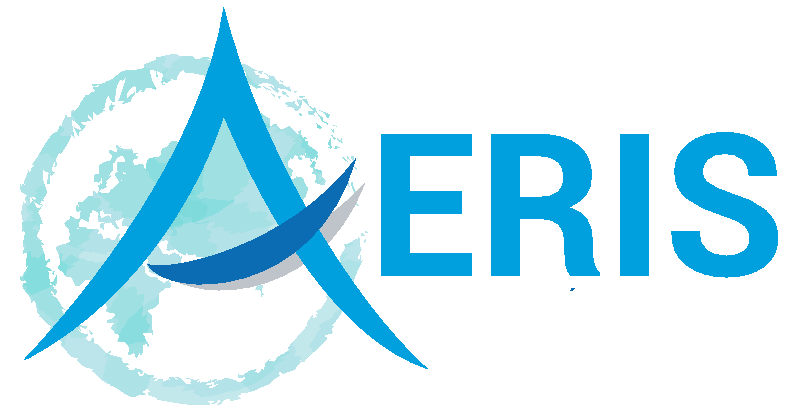MICA
Mesure de l'Intensité des Cyclones par des Aéroclippers
MICA General objectives
There is currently no instrument capable of continuously collecting in-situ surface measurements in tropical cyclones (TCs) in real time. Satellites give sporadic and indirect estimates of TC intensity and these estimates still need to be calibrated over basins where no in-situ measurement is available. A precise monitoring of the TC intensity would be nevertheless of great interest for operational forecast, and could be important to correct possible biases in TC historical databases.
The measurement system developed for the MICA (Measurement of the Intensity of Cyclones by Aeroclippers) project provides a continuous monitoring of TC surface layer in near real time with a balloon-borne device. The surface pressure measurement in the eye also give an continuous estimate of the TC intensity. These balloons also give direct measurements of surface wind and thermodynamic parameters in the TC inner core region during their convergence toward the eye.
The main objectives of the MICA project are:
- to provide an in-situ measurement of the surface pressure into the eye and derive near real time monitoring of the cyclone intensity especially for rapid intensifications;
- to evaluate the TC intensity derived by different satellite observation approaches (including the Dvorak technique);
- to improve forecast of both TC trajectory and intensity by assimilating continuous time series of surface parameters measurements in Numerical Weather Prediction (NWP) models.
There are other scientific objectives for the knowledge of the tropical cyclone dynamics, such as:
- to derive series of quasi-Lagrangian surface measurements in trajectories converging toward the eye of a cyclone;
- To determine the surface dynamics in the cyclone eyes;
- To measure variations of the low-level moist enthalpy in the eye in relation with the eye dynamics and during intensity changes.
Aeroclipper development
The MICA project is based on the development of a new balloon born measurement system: The Aeroclipper.
This development is based on the results of a previous field experiment VASCO (Validation of the Aeroclipper System under Convective Occurrence) which demonstrated that it is possible to introduce and maintain a balloon near the ocean surface into the eye of a tropical cyclone (Duvel et al, 2009).
New developments started in 2018 based on the availability of the Helikite that is a combination of a helium balloon and kite.
Field experiments
Two field experiments are programmed in 2021, one from La Réunion Island in January 2021 and one from the Guam Island in October 2021. These field experiments aim to test the entire Aeroclipper system and collect the first scientific measurements.
Funding and participation
The development and the field experiments are mainly funded by the French Research Funding Agency (Agence Nationale de la Recherche; ANR) and with the help of the French Space Center (Centre National d’Études Spatiales; CNES).
The Aeroclipper instrument and the software are developed under the supervision of the Laboratoire de Météorologie Dynamique (LMD).
The data processing, the data assimilation in NWP models and the data analysis will be performed in partnership with various laboratories in France, USA and Japan.
The software used to decide the deployment of an Aeroclipper at a particular date during a field experiment is based on the probabilistic forecasts of ECMWF and run on the ECMWF computing center. These tools are controlled and post-processed using the IPSL (Institut Pierre-Simon-Laplace) Mesocenter in Paris.

Trajectories for Aeroclippers 1 (yellow) and 2 (red) and for the center of Dora (green) between 1200 GMT 29 Jan and 0000 GMT 6 Feb 2007 during the VASCO field experiment. The infrared Meteosat image taken at 0300 GMT 3 Feb 2007 is superimposed and the white crosses represent the position.
